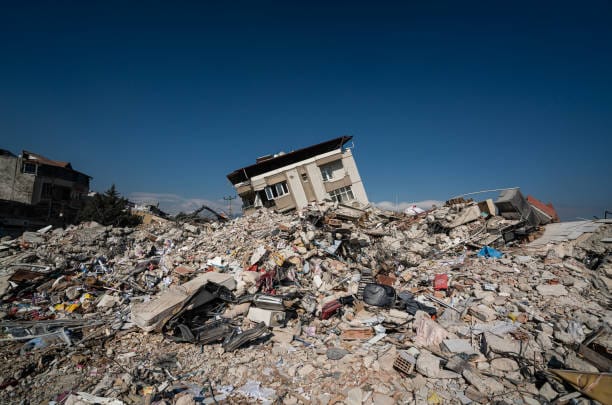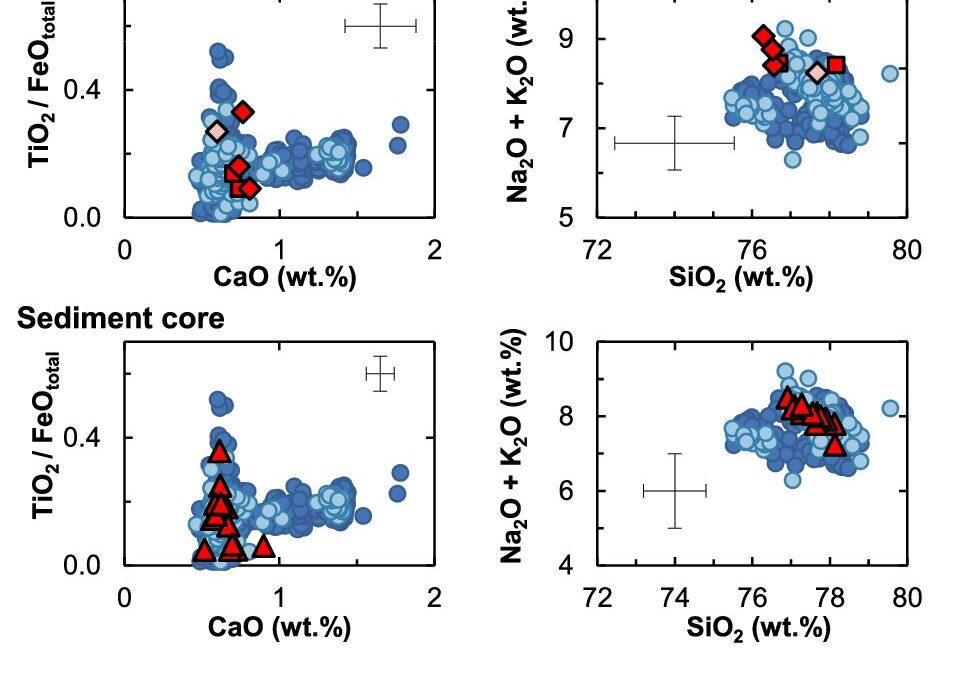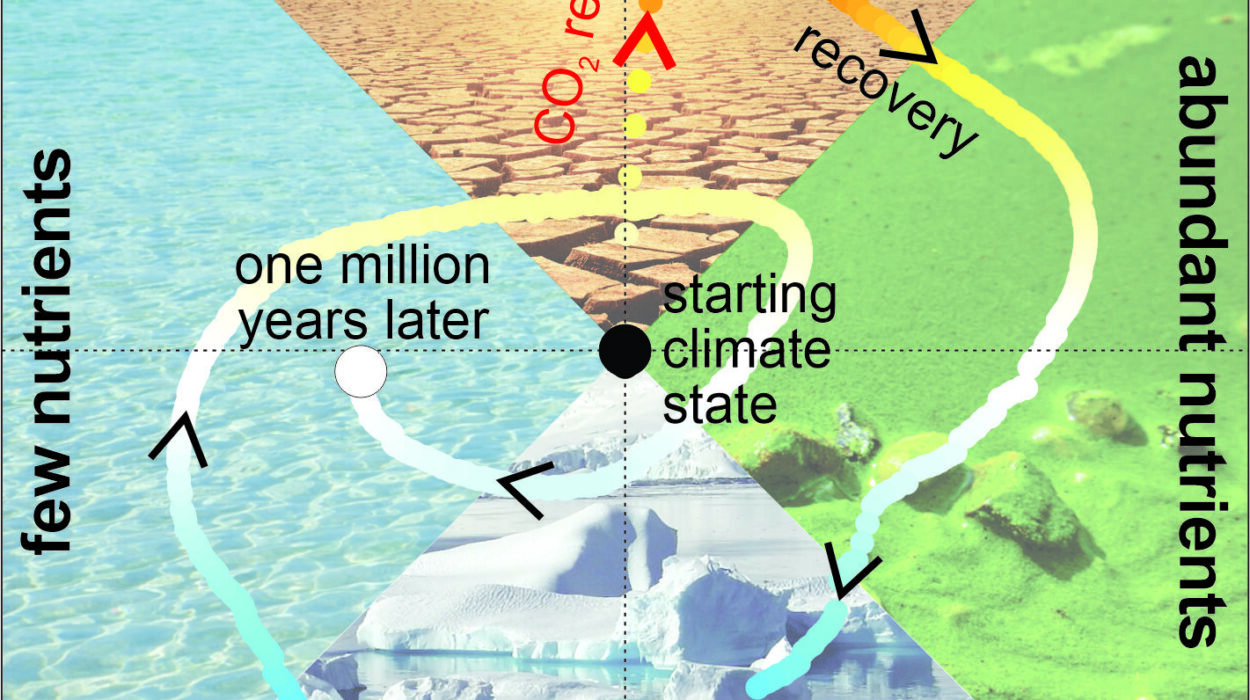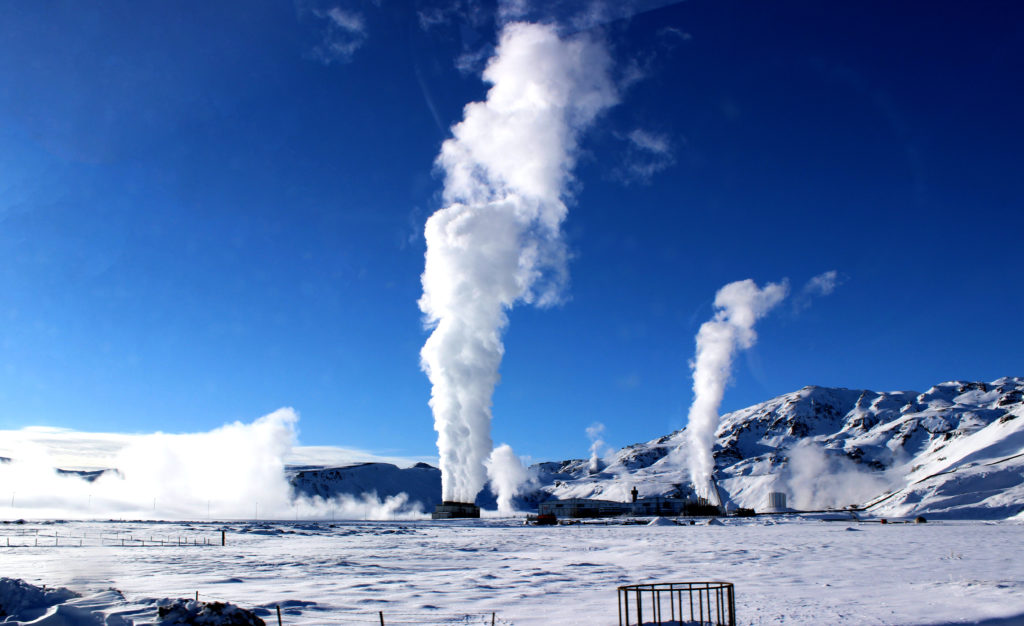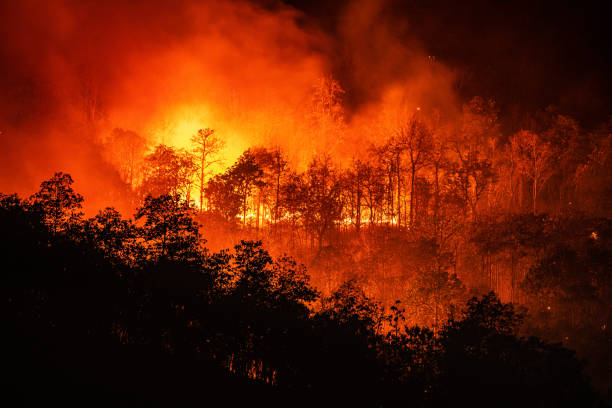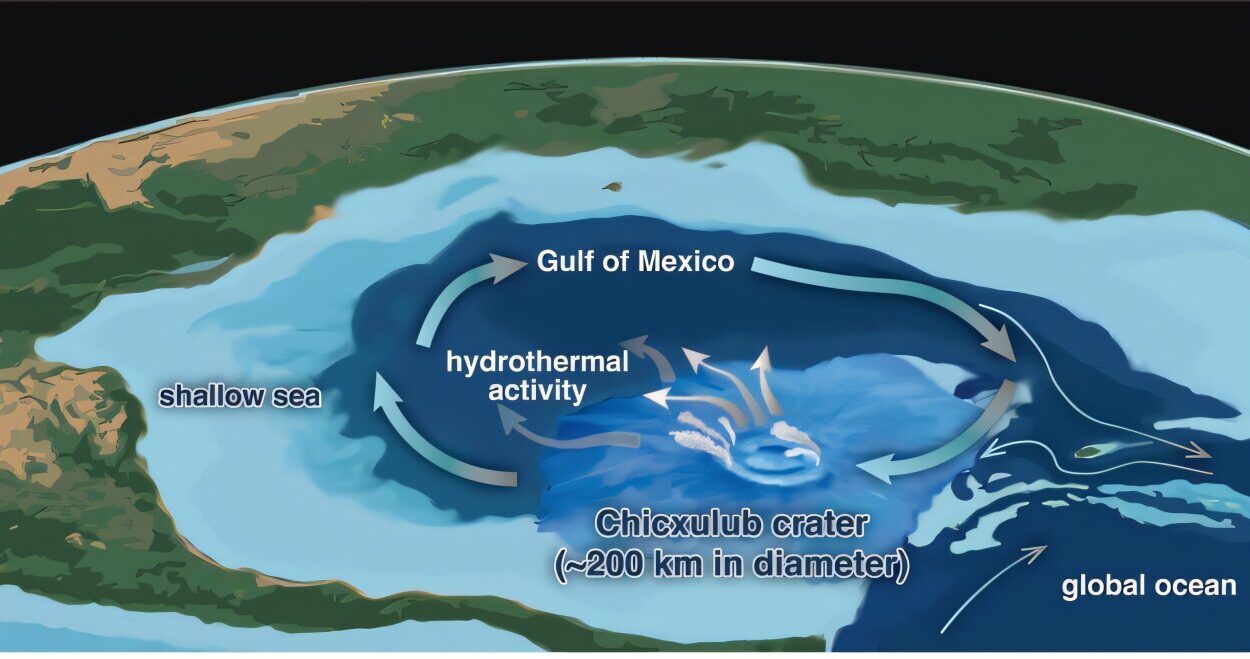We walk on seemingly solid ground, yet beneath us lies a world in constant motion. The Earth, far from being still, is alive with energy—its crust fractured into massive tectonic plates that drift, collide, and grind past each other. These movements, often imperceptible, sometimes unleash sudden fury in the form of earthquakes—violent, shuddering reminders that our planet is anything but tame.
Earthquakes have shaken human history. They’ve toppled cities, shattered civilizations, and claimed millions of lives. And despite centuries of study, one question still haunts us: Can we predict them?
The science of earthquakes is a blend of mystery and progress, filled with brilliant discoveries, frustrating dead ends, and a growing hope that the violent tremors of the Earth might one day be forecast like storms. But to understand where science is heading, we must first understand what earthquakes are—and why they happen.
The Anatomy of a Quake
Earthquakes originate in the planet’s crust, the brittle outer shell of Earth. This crust is broken into enormous plates that move slowly—just centimeters per year—driven by the churning heat of the mantle below. These tectonic plates don’t glide past each other smoothly. They stick. Pressure builds. And then—suddenly—they slip.
This sudden release of energy sends shockwaves rippling through the Earth. These waves—called seismic waves—are what we feel as an earthquake. The point beneath the surface where the rupture begins is called the focus, and the point directly above it on the surface is the epicenter.
There are different types of seismic waves. P-waves (primary waves) are the fastest, compressing and expanding material like a slinky. S-waves (secondary waves) are slower but more destructive, moving ground side-to-side. Then come the surface waves, which ripple across the Earth’s crust and often do the most damage.
The magnitude of a quake is a measure of the energy released. We often refer to the Richter scale, though today scientists use the moment magnitude scale (Mw), which is more accurate, especially for larger quakes. A magnitude 6 quake releases 32 times more energy than a magnitude 5. A magnitude 7? That’s nearly 1,000 times more energy than a 5.
But the science doesn’t end with measuring. It only begins there.
A History of Human Shock and Awe
Earthquakes have shaped human history for as long as we’ve walked the Earth. The ancient Chinese believed a dragon stirred beneath the ground. Japanese folklore spoke of the Namazu, a giant catfish who thrashed in the deep. In 1755, the Lisbon earthquake killed tens of thousands and triggered a tsunami and firestorm. It was one of the first quakes to be studied scientifically and helped birth the field of seismology.
Yet even today, with satellites overhead and sensors in the ground, we remain vulnerable. The 2004 Indian Ocean earthquake and tsunami claimed more than 230,000 lives. The 2010 Haiti earthquake leveled the capital city of Port-au-Prince. The 2011 Tōhoku quake in Japan—magnitude 9.1—triggered a massive tsunami and a nuclear crisis at Fukushima.
These tragedies remind us that for all our advances, earthquakes remain among the most deadly and least predictable natural disasters. The search for reliable prediction isn’t just an academic pursuit—it’s a race to save lives.
Tectonic Time Bombs: Where Quakes Strike
Earthquakes aren’t randomly scattered across the planet. They cluster along the boundaries of tectonic plates. This is why Japan, Indonesia, Chile, Turkey, and California are so vulnerable—they sit on or near the edges of plates.
One of the most dangerous zones is the Ring of Fire, a horseshoe-shaped region encircling the Pacific Ocean. It’s home to about 75% of the world’s active volcanoes and 90% of its earthquakes.
Some faults are notorious. The San Andreas Fault in California slices through the state like a scar, marking the boundary between the Pacific and North American plates. It’s capable of unleashing devastating quakes, and scientists warn that “the Big One” is not a matter of if, but when.
Others are lesser known but equally lethal. The New Madrid Seismic Zone in the central U.S. produced a series of massive quakes in 1811-1812 that rang church bells in Boston. In South Asia, the Himalayan Front is under immense strain as the Indian plate crashes into Eurasia, threatening densely populated areas in Nepal and northern India.
Yet some of the deadliest quakes have struck in areas previously considered low-risk, catching entire populations off guard. The Earth doesn’t always follow our expectations.
The Tools of the Trade: How We Monitor Earthquakes
Modern seismology is armed with a powerful toolkit. Around the world, thousands of seismometers monitor ground motion. These instruments detect vibrations far smaller than the human senses can perceive. Networks of sensors allow scientists to locate the focus of a quake, calculate its magnitude, and estimate its impact within minutes.
GPS stations detect slow ground movements—sometimes just millimeters per year—indicating how much strain is building along faults. Satellite-based radar (InSAR) captures changes in the Earth’s surface before and after quakes, revealing invisible deformations.
Earthquake early warning systems are now in place in places like Japan, Mexico, and parts of the U.S. West Coast. These systems don’t predict earthquakes, but they can detect them within seconds of their start and send alerts ahead of the most damaging waves. Even a few seconds of warning can allow people to duck under cover, trains to stop, and utilities to shut down.
But these tools, as sophisticated as they are, still fall short of prediction—that is, the ability to say when and where a quake will happen with enough lead time to evacuate people.
Why is prediction so hard?
Why Earthquakes Elude Forecasting
The Earth’s crust is an immensely complex system. Unlike weather, which we can observe and model with relative accuracy, the processes that lead to an earthquake happen deep underground, where we can’t see or measure them directly.
Faults are not simple lines—they are intricate, twisted zones of broken rock, each with different physical properties. Stress does not accumulate evenly. The exact conditions needed for rupture are still poorly understood.
Moreover, earthquakes are nonlinear phenomena. Small changes in stress or friction can have disproportionate effects. A quake may start small and then grow—or not. One quake may trigger another, or it may not. The result is chaos. A fault may stay quiet for centuries, then rupture suddenly, releasing energy stored over geologic time.
Scientists have tested every conceivable signal. Changes in groundwater. Radon gas emissions. Animal behavior. Electromagnetic disturbances. Unusual cloud patterns. Many of these show promise—but none has proven reliable.
The U.S. Geological Survey (USGS) and other scientific bodies are careful to distinguish between prediction and forecasting. Prediction means specifying the time, place, and magnitude of a future quake. Forecasting, by contrast, involves estimating probabilities over longer time frames—decades or centuries.
So, while we can say that a given fault is “due” for a quake, we cannot yet say exactly when that quake will strike.
Hope on the Horizon: Cutting-Edge Research
Despite the challenges, science is pushing forward. Some of the most exciting developments involve machine learning and AI. By training algorithms on vast datasets of seismic activity, researchers are uncovering patterns that humans might miss.
At Los Alamos National Laboratory, scientists have used AI to detect “microquakes”—tiny tremors that may precede larger quakes. In California, neural networks are being trained to analyze continuous streams of seismic data for early signs of stress build-up.
Meanwhile, in Japan, researchers are studying slow slip events—movements along faults that occur over days or weeks. These slow quakes don’t cause shaking, but they may signal increasing stress on nearby segments. Understanding them could unlock new avenues for forecasting.
In Iceland and Italy, scientists are experimenting with fiber-optic cables as dense, ultra-sensitive seismic sensors. A single cable laid along a fault line can monitor ground motion with extraordinary detail—turning telecom infrastructure into seismic observatories.
There’s also a growing movement to crowdsource data. Smartphone apps like MyShake allow users to detect and share seismic activity, turning millions of phones into a distributed sensor network.
All these efforts inch us closer to the dream of prediction.
Early Warning: Seconds That Save Lives
Though prediction remains elusive, early warning is real—and it saves lives.
Japan’s system, built after decades of devastating quakes, is among the most advanced. It can issue alerts within seconds, giving Tokyo residents a 10-30 second warning before major shaking. That may sound brief, but it’s enough to trigger sirens, shut down high-speed trains, and allow people to take cover.
Mexico’s SASMEX system has been operational since the 1990s. When a quake hits along the Pacific coast, residents of Mexico City can receive warnings up to a minute in advance.
California’s ShakeAlert, launched in recent years, is still expanding. It’s available via mobile apps and integrates with transportation and utility networks. It doesn’t prevent earthquakes, but it turns knowledge into protection.
The challenge is speed. Earthquakes travel at thousands of kilometers per hour. To get ahead of them, you need a dense sensor network and lightning-fast communication. Even then, the margin for error is small.
Still, early warning is a crucial bridge between our current limitations and the future of prediction.
Living with Uncertainty
For now, the best defense against earthquakes is not prediction—it’s preparedness.
That means enforcing building codes that resist shaking. It means educating the public about what to do during a quake. It means retrofitting vulnerable infrastructure, especially in schools, hospitals, and bridges. It means planning evacuations and emergency responses in advance—not after disaster strikes.
Japan, despite its vulnerability, has one of the lowest earthquake death rates per capita. Not because the Earth is kinder there—but because the people are better prepared.
Technology alone won’t save us. Culture, planning, and education are equally essential.
The Philosophical Earthquake
The quest to predict earthquakes isn’t just scientific—it’s philosophical. It challenges our assumptions about control, certainty, and the boundaries of human knowledge.
The Earth doesn’t yield its secrets easily. It reminds us that we are guests here, not masters. And yet, the very act of studying it—of listening to its tremors, mapping its faults, modeling its chaos—is a tribute to human curiosity.
In the unpredictable tremble of the ground, we hear echoes of something deeper: the restless, searching mind of our species, always reaching, always asking, never content to stand still.
The Road Ahead
One day, we may crack the code. Perhaps AI will learn to hear the Earth’s whispers. Perhaps quantum sensors will peer deeper into the crust. Perhaps swarms of satellites will monitor every fault line in real time.
But even if we never predict quakes with precision, we are not powerless. We can build smarter. We can educate. We can warn. We can act.
The Earth will continue to shake. But science—and society—can learn to stand stronger.
